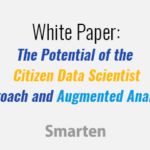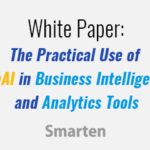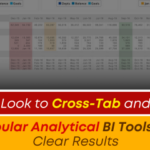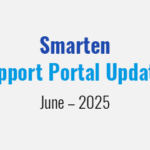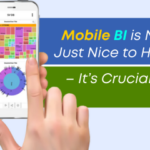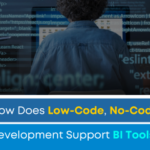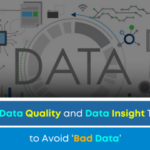3 Reasons to Integrate Augmented Analytics for Tally ERP to Leverage Analytical Trends!
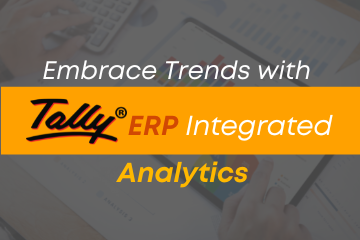
Rutgers Business School and the American Institute of CPAs (AICPA) recently announced the formation of the Rutgers AICPA Data Analytics Research Initiative for further integration of data analytics into the audit process and advancement in the public accounting profession. As research firms, technology analysts and industry leaders embrace the concept of analytics in accounting and finance, it is prudent to consider the impact on enterprise solutions and software.
‘If a business wishes to embrace the analytical trends for this industry, it must provide easy-to-use tools that are cost-effective and allow for swift integration, implementation and user adoption.’
If organizations are to increase the return on investment (ROI) for these existing solutions and, at the same time, embrace the analytical trend, these businesses must find a way to provide the right tools to business professionals – and those tools had better not be designed for IT or data scientists or there will be no hope of getting users to adopt new techniques and leverage analytics in their day-to-day environment.
In this article, we discuss three advantages of integrating analytics with Tally ERP to stay abreast of industry trends.
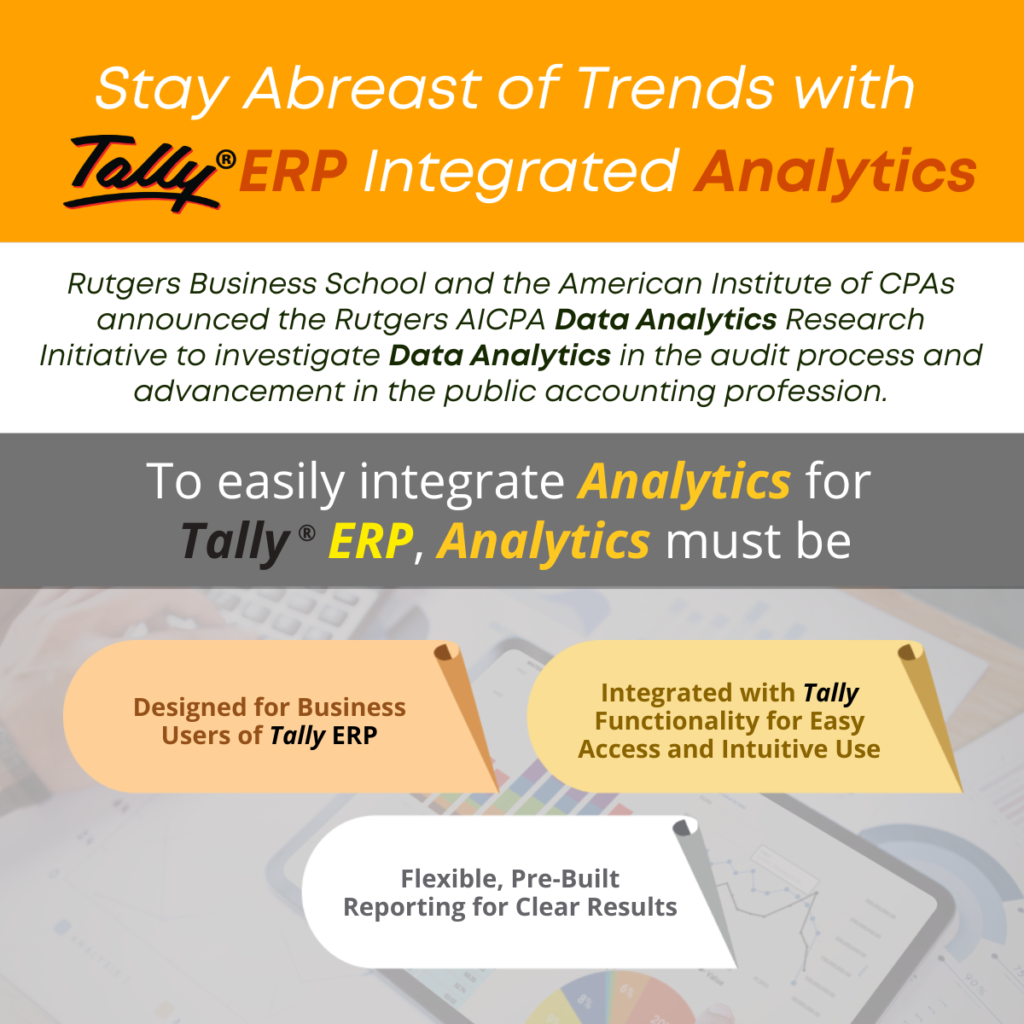
Designed for Business Users of Tally ERP
The accounting, inventory, purchasing, sales and other finance-related modules in the Tally solution are popular with users and are used on a daily basis for data entry, simple reporting and completion of workflow tasks. Adding augmented analytics to the functionality and features provides support for new business goals so management, IT and analysts can enable business users with analytics and add value to clients and to the organization without requiring business users to take data science training or to have advanced technology skills. Business users can leverage their domain and professional expertise to find and analyze data and test theories, solve problems and gain insight to be shared with the organization and clients. If a business intends to follow the trends of financial and accounting analytics, it must ensure that any new tools are designed for the average business users and will allow them to follow existing workflow and business processes.
Integrated with Tally Functionality for Easy Access and Intuitive Use
Any new augmented analytics solution must be easily integrated with Tally ERP in order to be cost-effective and to avoid delays in implementation and user adoption. Mobile access is fundamental to success, as many team members today are on the road, working remotely or accessing data from client locations or other office locations. Providing integrated functionality allows business users to work within the Tally ERP solution, using familiar tools and views while, at the same time, leveraging new, sophisticated analytical functionality that will improve their performance and value to the organization.
Flexible, Pre-Built Reporting for Clear Results
Tally ERP does provide reporting capability but, if the organization is going to advance to true analytics and ask its business professionals to get on board, it must provide simple, easy-to-use reporting capability that will offer powerful results. Reports should include overview reports with top and bottom analysis, contribution analysis, KPI analysis, and sales and purchasing reports for monthly, quarterly and annual trends, top customers, detailed sales registers, etc., as well as bank and cash reports so users can compare historical and current results. Payable and receivable reports should allow for reporting by creditor, debtor, product, service and overdue collections trends. Inventory reporting and analysis should encompass overstock, understock, suppliers, products, shipping and distribution. Other reports should include taxes with estimated obligations, cost center analysis and balances by account and group, ledger entries and balances with drill-down to voucher level, account statements for statutory review and submission, etc.
‘If organizations wish to embrace analytical trends, they must find a way to provide the right tools…and those tools had better not be designed for IT or data scientists or there will be no hope of getting users to adopt new techniques.’
If a business wishes to stay ahead of the competition and embrace the analytical trends for this industry, it must provide easy-to-use tools that are cost-effective and allow for swift integration, implementation and user adoption.
Find out how the addition of SmartenApps For Tally will support analytical initiatives and provide benefits to your users and your enterprise. Users can Download And Register for SmartenApps for Tally and use Tally data to analyze, explore and clarify and to provide insight to clients, colleagues, management and team members.
Original Post : Stay Abreast of Trends with Tally ERP Integrated Analytics!



